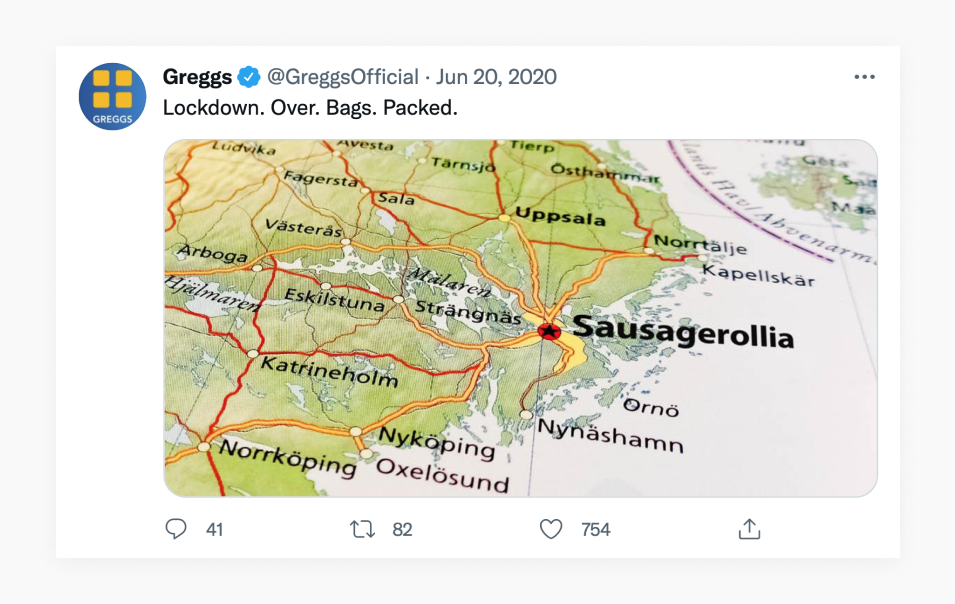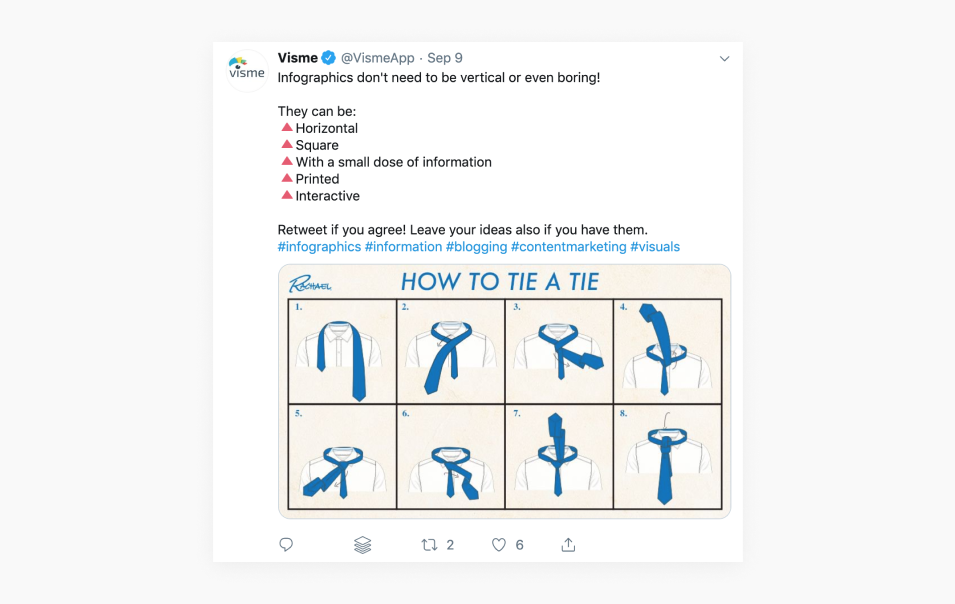How to spark a conversation that captivates your followers
Social media is the more casual and conversational of the marketing channels. As such, writing for social media is quite distinct from writing for other platforms. Read this article to discover how to spark a conversation that captivates your followers.
















